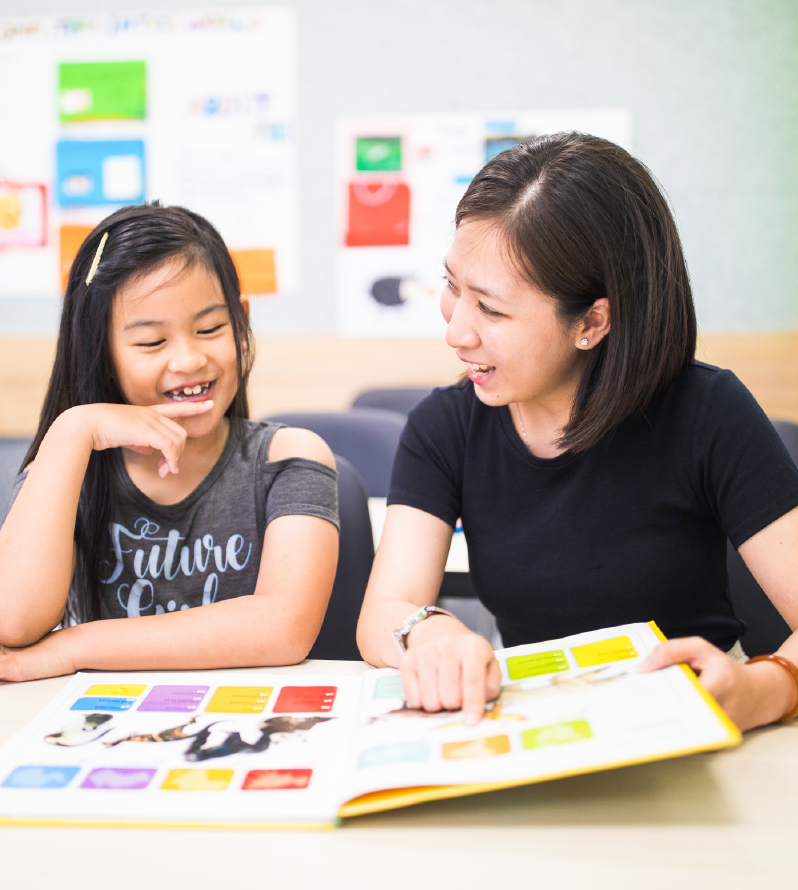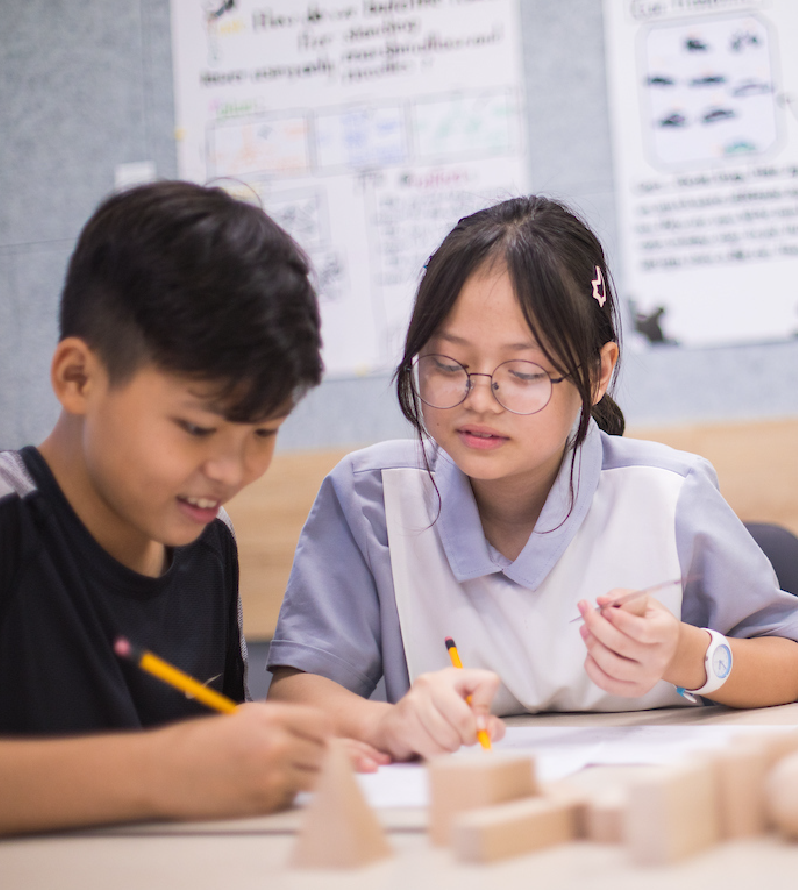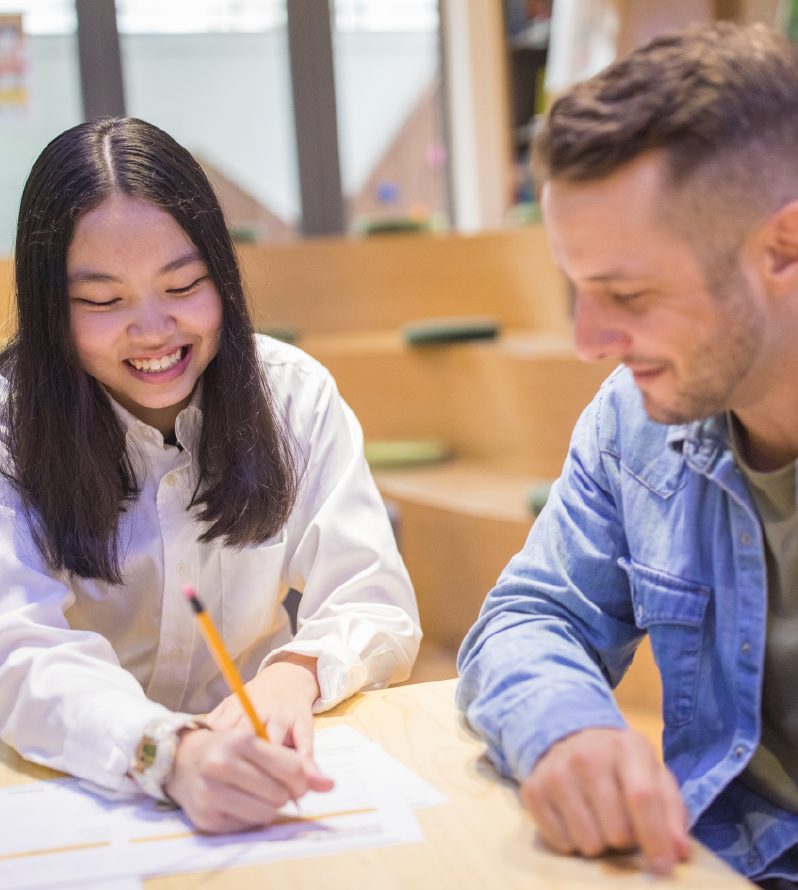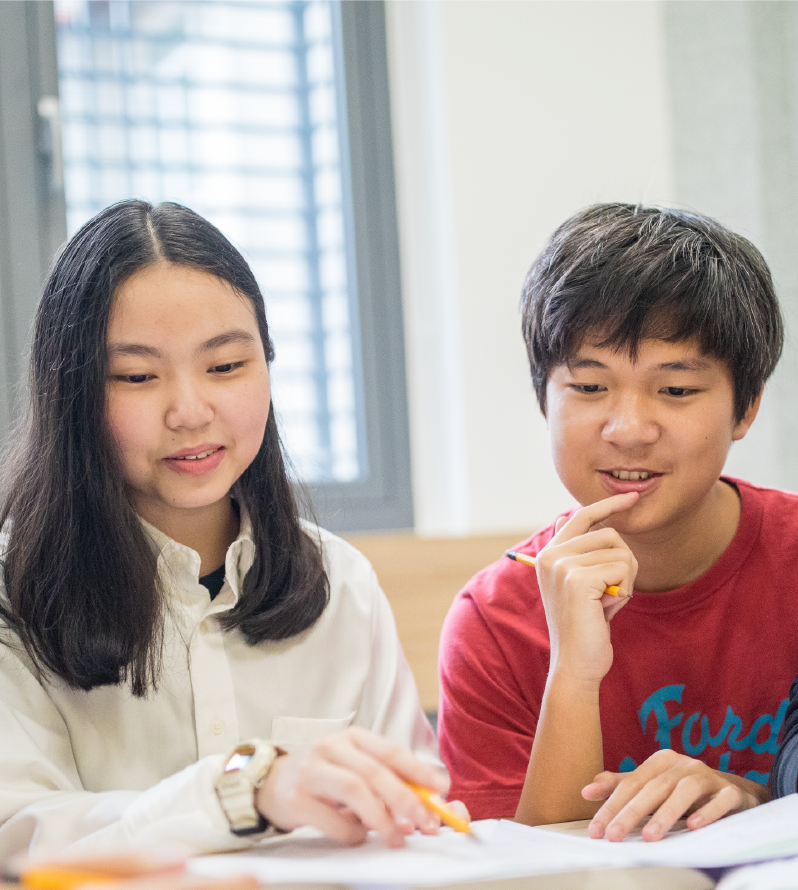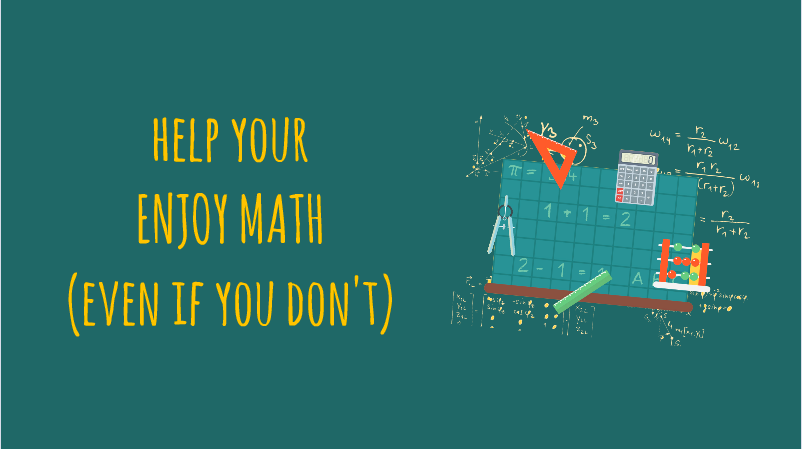Frequently encountered among parents is the challenge of instilling a genuine fondness for Mathematics in their children. Right from the first days of school, many students display signs of frustration and an inclination to lose focus when tackling Math. Gradually, this situation becomes a source of concern for parents as it persists, knowing that Math holds paramount importance in shaping their child’s cognitive development. It’s likely that the aversion to this subject stems from its intricacies. The terminologies used in Math problems are predominantly academic and rarely used in everyday life. Terms like “integral,” “fraction,” and so on, serve as examples. Moreover, Mathematics requires students to flexibly employ various ways of thinking – from approaching a problem holistically to meticulously dissecting the elements stated in the question and memorizing formulas and symbols. For many students, this becomes overwhelming, leading to tension and a tendency to avoid the subject altogether.
Mathematics, inherently intriguing, exceeds the mundane impression that children might have from dry problem sets and perplexing formulas. However, due to time constraints within each classroom session, teachers find it challenging to help students deeply understand the significance of each formula and the excitement that comes with applying them to real-life situations. Consequently, a child’s passion for Mathematics will wane over time without consistent nurturing.
Through the following article, Everest Education (“E2”) will propose effective methods for families to address the issue mentioned above. We believe that the insights shared in this article can gradually help children recognize the excitement of learning Mathematics, consequently advancing their thinking and application of mathematical knowledge.
1. Establishing a Strong Knowledge Foundation
Mathematics demands a profound understanding from learners to flexibly apply concepts to various types of problems. In an international setting, students encounter diverse and intriguing problem formats that have high practicality.
Hence, ensuring a clear comprehension of every mathematical concept is crucial. Only when a formula’s functionality is genuinely understood can a child adeptly adapt it to different scenarios, rather than resorting to rote memorization. Nonetheless, the limited timeframe during a class session might hinder many students from keeping pace with the lesson and solidifying their knowledge before transitioning to different problem formats. Therefore, parents should help their children review the lessons and address any lingering questions after each class, allowing them to grasp the subject matter and proactively explore more advanced problem types. Parents can:
a. Talk About Your Child’s Day
Asking about your child’s impressions after a school day can help your family understand their thoughts or challenges. Regularly engaging in this will make your child feel comfortable and cultivate a habit of sharing educational concerns with you, enabling you to offer suitable solutions.
b. Plan for Improvement
Prior to seeking solutions, compiling a list of the issues your child is facing is crucial. Prioritize addressing the significant aspects so your child can quickly catch up with classroom lessons. For instance, if your child is struggling with a homework assignment, determine why they can’t solve it promptly. If the issue lies in a lack of understanding of how a formula works, help them re-explain the concept. If they can’t complete the assignment due to other distractions like watching TV or hanging out with friends, explain the value of completing the task for more leisure time afterward. Identifying the “root causes” of issues and resolving them will be an effective and time-efficient problem-solving approach.
c. Seek Assistance from Experts
Many families find that their child struggles to grasp knowledge even with regular tutoring from parents. This could be due to differences in the curriculum and learning approach between your child’s experiences and your own previous education. Furthermore, if your child is studying at an international school, the knowledge distribution might differ from that of public schools, which would also lead to differences in teaching methods by international educators. To ensure your child’s improvement beyond classroom hours, seeking guidance from experienced teachers familiar with international curriculum is highly important.

2. Effective Approaches to Learning Mathematics
Mathematics is inherently captivating, yet students often perceive it as monotonous due to uninspiring teaching techniques used by instructors. The delivery of mathematics shouldn’t be limited to theoretical explanations and textbook exercises. Instead, students should be given comprehensive interpretations of the concepts underlying mathematical operations and encouraged to apply them in engaging ways. This method enables them to recognize the fluidity of mathematics, fostering a greater affection for the subject.
At E2, students engage with mathematics through diverse methodologies, ensuring they discover delight in their studies. Specifically, we implement blended learning, allowing students to merge conventional learning methods with technological applications to create a more adaptable and enjoyable learning experience. This cultivates a healthy atmosphere of competition among students, connecting them with a more profound comprehension of mathematics. Moreover, project-based learning is seamlessly integrated into classes, enabling students to gain an enhanced understanding of the subject through captivating research, thereby enhancing the variety and vibrancy of their mathematical journey.
The E2 educators will lead students through captivating activities, challenges, and cultivate a self-learning habit, enabling them to study according to their proficiency. Specifically, in E2’s Singapore Math In English class, students employ visual aids to connect lessons with real-world examples and independently deduce mathematical principles. When introduced to a new concept, teachers initiate discussions with intriguing questions, encouraging students to think, explore, and experiment with various approaches until they arrive at the correct solution. Students utilize visuals such as line graphs to illustrate and clarify problems, making the subject matter more comprehensible. This approach, known as CPA: Concrete – Pictorial – Abstract, is implemented by E2.
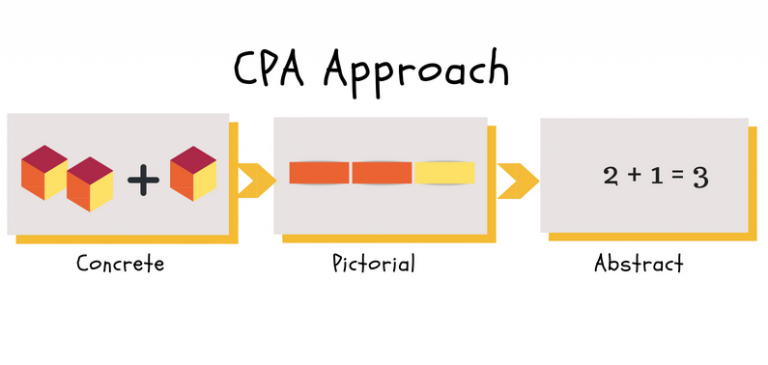
Most recently, E2 has partnered with student Nguyen Truong Thu Van (Winson) to enhance his mathematics skills. Prior to joining E2, Winson shared that he despised studying math because he consistently achieved the lowest scores in class assessments. However, after participating in two 1-1 courses with Teacher Willian, Winson rapidly excelled in the entrance exam for the international CIS school with an outstanding math score. Winson expressed surprise at his progress and a newfound fondness for mathematics. Currently, Winson has officially become a student at the CIS international school and consistently ranks among the top math performers in his class.

Where learning meets joy
with friends and teachers who care
3. Creating a Positive Learning Environment
When studying in a friendly environment alongside like-minded peers, children develop a fondness for math and a desire to improve themselves each day. Establishing such a positive environment is crucial, and the encouragement of teachers throughout the learning process is paramount. Nowadays, students often face two fears: the fear of making mistakes and the fear of not being as good as others. Being overly strict with mistakes and frequently comparing children to their peers can undermine their self-confidence in their academic abilities. This increases academic pressure and makes it difficult for them to cultivate a liking for math.
Instead, parents should seek out a supportive environment where their children are welcomed with encouragement. This environment teaches them that making mistakes is a way to self-improvement. With the goal of fostering a positive classroom atmosphere, E2’s class sizes are kept small, ranging from 8 to 15 students, to ensure interaction among all classmates and comprehensive support from teachers. Students have numerous opportunities to exchange ideas with friends, recognize each other’s strengths and weaknesses. Therefore, they can help each other instead of unhealthy competition. Furthermore, E2’s team of teachers is readily available to assist students beyond classroom hours, whether it’s for additional academic support or motivational guidance. Many students have shared their enthusiasm for attending E2’s math classes daily after a period of studying at our center. This is attributed to the innovative teaching methods, dedicated and understanding teachers, and the camaraderie among friendly peers.
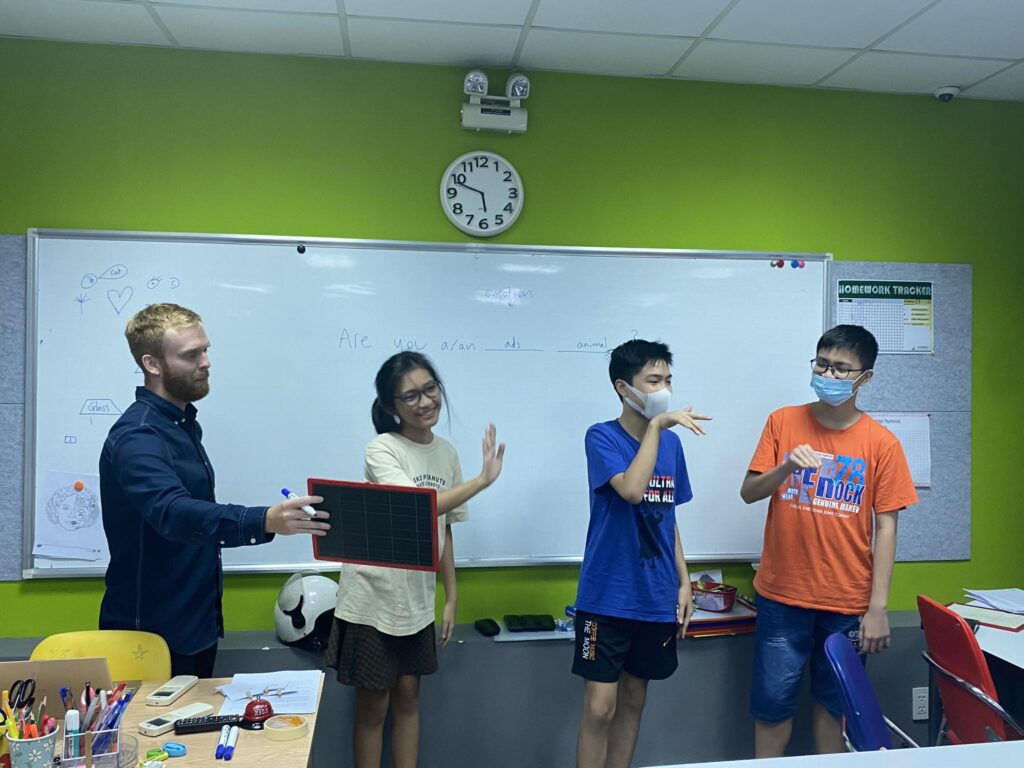
Parting words
When exposed to effective and engaging teaching methods, children will no longer feel stressed while learning math and will gradually develop a liking for this subject. Therefore, parents should support their children in overcoming obstacles that hinder their enjoyment of math. Providing a suitable learning companion who can answer their questions and guide their development will make learning math easier for them. E2 believes that we will be the ideal learning companion for your child on their journey to conquer math. With over 12 years of experience in supporting international school students, E2 has successfully helped numerous generations of students overcome knowledge barriers to enhance their abilities. Through modern educational approaches closely aligned with international school curricula, E2 will assist students in building a strong foundation in mathematical thinking and help them achieve their academic goals.






